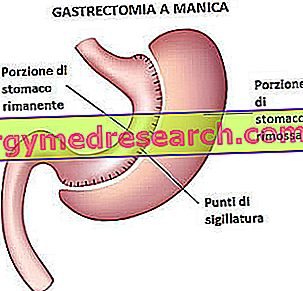Where is the sucrose?
Saccharose is a disaccharide formed by the union of a glucose molecule with a fructose molecule. Also known as table sugar, at room temperature it is a white crystalline powder soluble in water, odorless and with a rather sweet taste.
Sucrose is mainly extracted from sugar beet and sugar cane, but is normally present in many foods of vegetable origin, particularly in fruit.
Sucrose excess: caries, obesity and diabetes
From a nutritional point of view, sucrose is a highly energetic and easily digestible food, capable of making the food products to which it is added more attractive.

dental caries: some bacteria that inhabit the oral cavity, such as Streptococcus mutans, have the ability to metabolize sucrose (and other sugars) producing lactic acid. Like all acid substances, including those of food origin, lactic acid gradually corrodes the tooth surface, progressively demineralizing the tooth. Sucrose, moreover, favors the adhesion of these bacteria to tooth surfaces, hindering their removal with saliva and common oral hygiene practices.
obesity: since it is an easily digestible, rather energetic and palatable food, the extensive use of sucrose by the food industry has significantly contributed to the spread of obesity. According to some epidemiological studies, this contribution is even higher than that of dietary fats; in fact, by examining the eating habits of the American population over the last few decades, it has been noticed that the incidence of obesity has increased in step with the reduction of dietary fats, in favor of carbohydrates and simple sugars. A similar phenomenon can be explained on the basis of the so-called "perverse insulin mechanism", illustrated in this article on the relationship between blood glucose and weight loss. It should however be pointed out that the impact of sucrose on glycemic levels is very similar to that of the various foods rich in complex carbohydrates, such as pasta and rice. To prevent obesity and overweight, it is therefore important to moderate not only the quantities of simple sugars, but also the consumption of more complex carbohydrates.
diabetes: the chronic inflammatory state and the metabolic alterations induced by overweight and obesity, together with the medium-high sucrose glycemic index, contribute significantly to the onset of insulin resistance and type 2 diabetes mellitus. this metabolic disease, therefore, can be favored by the chronic intake of high amounts of sucrose, given that similar eating habits predispose to overweight and obesity.
How much sucrose?
In light of the above, sucrose could be considered a food to be avoided at all costs. In reality, it is sufficient to moderate its consumption; according to Italian guidelines for healthy eating, in fact, the total amount of simple sugars taken during the day should be less than 10% of the total calories. Taking a 2000 KCal diet as a reference, therefore, it is advisable not to exceed the limit of 50 grams of simple sugars per day (sucrose, disaccharides and various monosaccharides).



